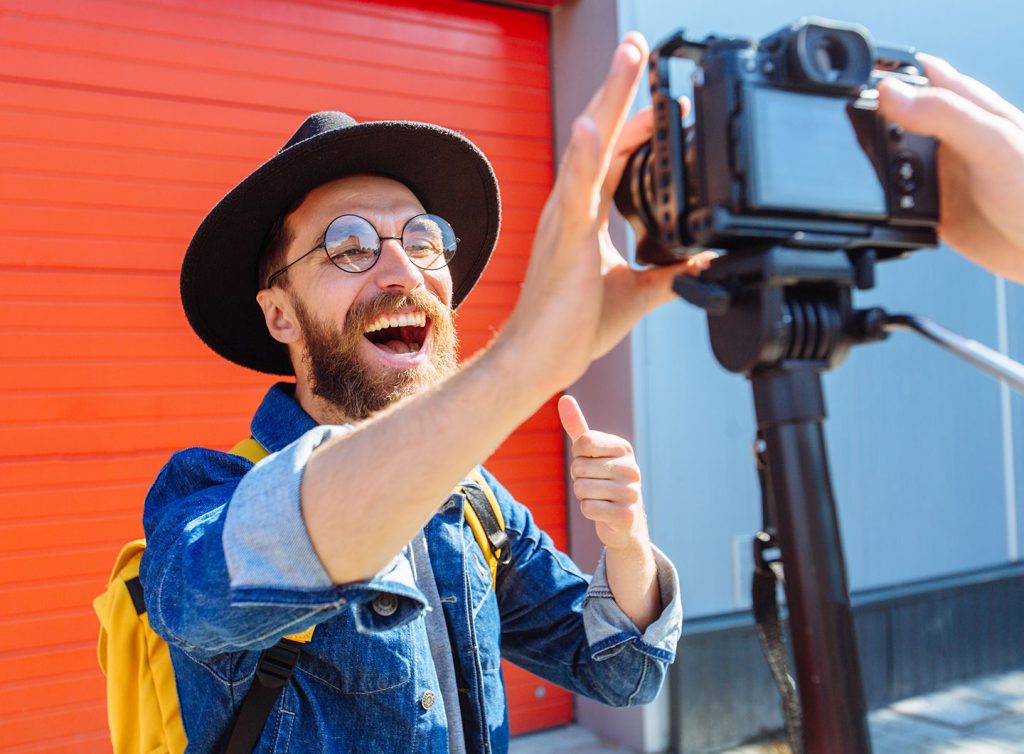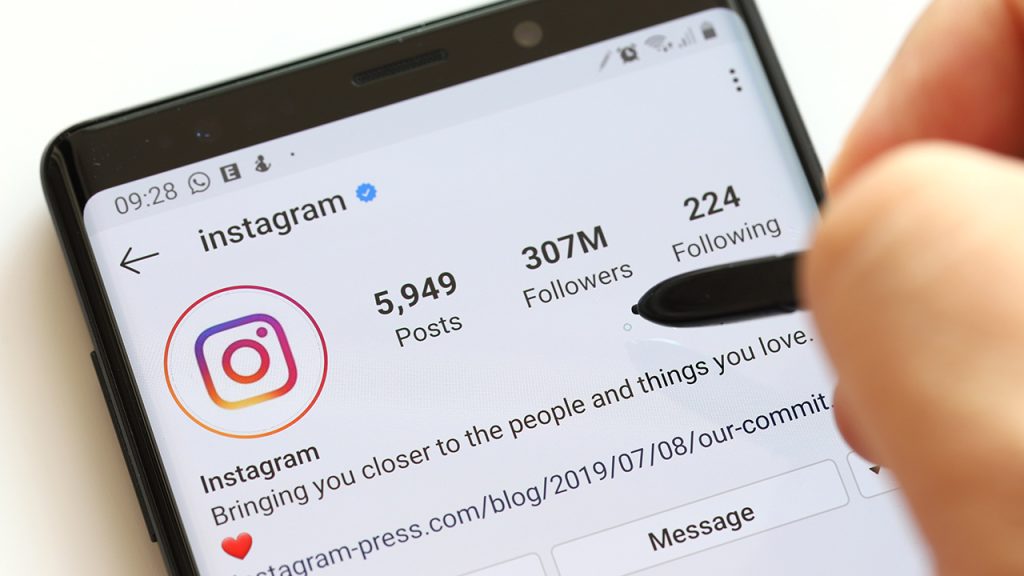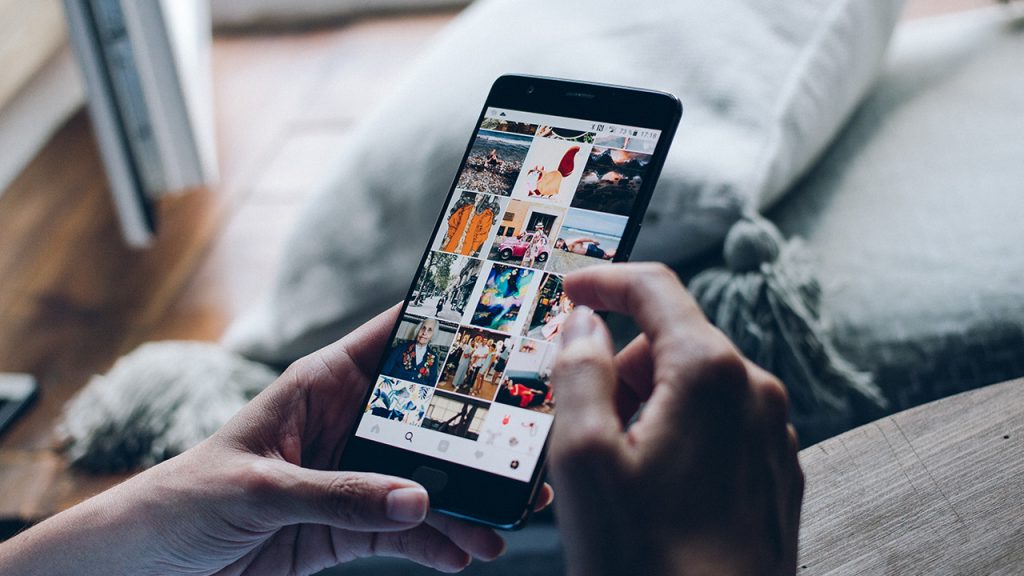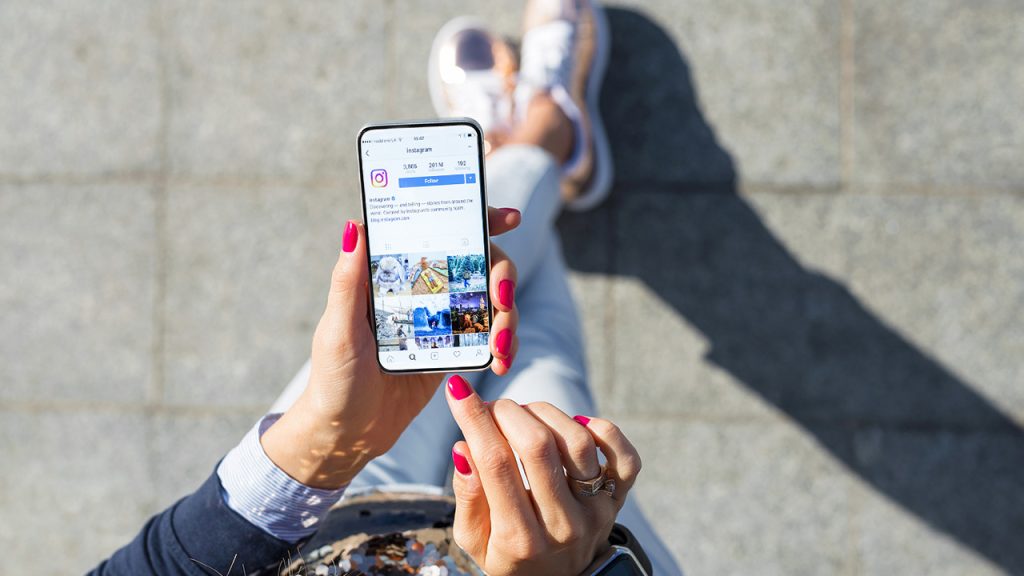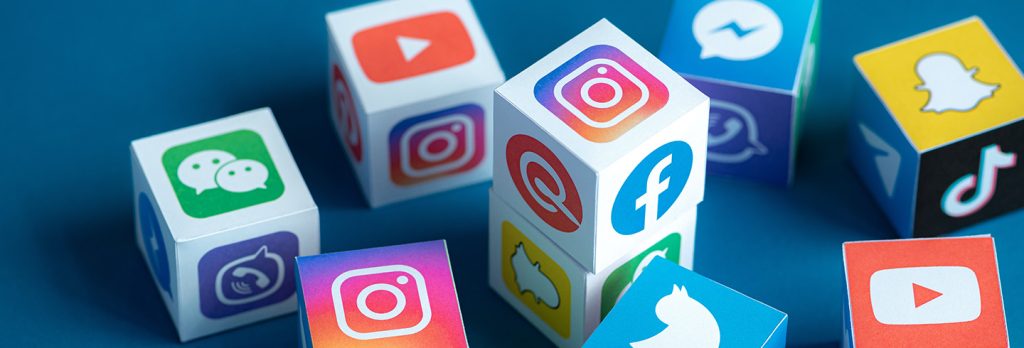
By definition, a brand persona is the sum of personality traits, attitudes, and values that your brand showcases on a regular basis to help connect with a certain audience segment. A brand persona can be a person, character, mascot, or idea.
Many businesses often overlook the importance of having a brand persona. While having aesthetic social media accounts and websites is also something everyone focuses on, they often forget that the image of the brand that will stick with their audience is not the designs or captions, but the feeling and interactions they left their customers with. Consumers buy emotionally, so having a specific brand personality that connects with them is key to its success.
Every big and successful brand has created a “personality” for itself, often one that is compatible with its product or service. It has been proven than having a separate persona for your brand is essential to its positioning and success. A few examples would be Redbull; not the energy drink, but the daredevil living on the edge, Nike, the motivational winner, Coca Cola, the carefree fun-lover, and much more.
Before you even begin to create your brand persona, you must first understand what it is and how to go about it. If your brand was a person, how would it speak? How would it behave? What human traits would be associated with your brand; how would it behave?
One of the most important reasons for having a brand persona is for that same “person” you created to ease all your communication with your customers. It comes down to understanding your audience.
What type of person would they like? The cool and laid-back friend? The one that pushes them to do better? The funny friend that they can have fun with? It all depends on the type of customer you would like to serve as a brand.
Brand personas can help you immensely in by differentiating your brand from the competition. Adidas for example, presents itself as someone sporty, while Doc Marten, also a shoemaker, presents itself as “the cool kids’ shoes”.
A good example of elevating your brand persona to match your target or new-found audience is Doc Martens. It’s one of the most established shoe brands out there. It started as “the resilient shoe that can withstand all”, targeted towards people who are in physical labour heavy fields.
Over time, the shoe began getting popular with a younger audience, one that’s into fashion. Recently, almost all of its campaigns showcase “alternative” kids, the same ones who helped keep the popularity of the shoe alive.
Doc Marten is now a shoe for cool kids, and its persona changed to reflect that, because they now wanted to connect to their completely new target audience, with a new engagement language to reflect that.
Beyond image, your brand persona is also the one that will be speaking to your audience. Community management and engagement can make or break your brand, as customer service is the key to customer retainment.
When I ask Duolingo a question on social media, is it the employee who’s responding, or their fun and quirky owl that likes to crack jokes? The majority of people have linked the brand with that hilarious green owl that we see on social media, and everyone addresses the owl accordingly.
They feel connected to that mascot, as if it’s the brand coming to life. And with that, they have not only retained their audience, but also attracted a huge number of new customers that are loyal to their brand and communicate with it regularly.
Maintaining a good emotional connection to your audience can make your brand and is the key component to retaining them long-term. So, if you want to create, or even upgrade, your brand persona, here are some questions to ask yourself:
- Create a personality image. Is it a person or a mascot?
- What traits of your brand do you want to highlight?
- How does this persona speak? Write down a list of copy examples for future use
- How does it engage with others? Is it serious? Is it inspirational? Is it funny?
- Come up with a visual style-guide that goes with it (i.e., visuals and fonts and key phrases)
The right persona will not only connect to your audience better but can take your business a long way. Make sure that this persona is the embodiment of what your brand stands for, and what you want people to think of it when they interact. Create a personality that will stay with your customers for decades to come.
Need help with your Brand Persona? Our team of experts at Nfinity8 got you covered!




















